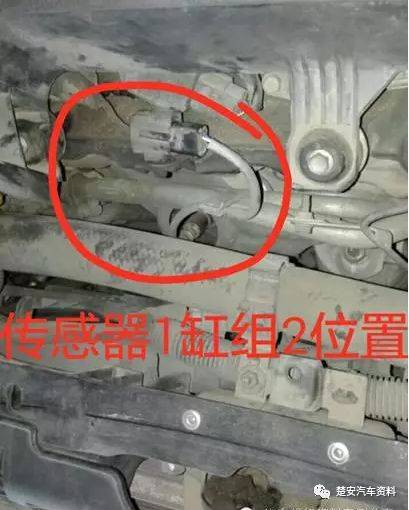How does a broken nox sensor affect the car?
How is the nox sensor fault diagnosed?
Nox sensor is an essential element in engines that use three-way catalytic converters to reduce exhaust pollution. Since the air-fuel ratio of the mixture deviates from the theoretical air-fuel ratio, the purification ability of the three-way catalyst for CO, HC and NOx will drop sharply, so a nox sensor is installed in the exhaust pipe to detect the oxygen concentration in the exhaust gas and send it to the exhaust pipe. The ECU sends a feedback signal, and then the ECU controls the increase or decrease of the fuel injection amount of the injector, thereby controlling the air-fuel ratio of the mixture to be near the theoretical value.
Detailed explanation:
In order to obtain a high exhaust gas purification rate and reduce (CO) carbon monoxide, (HC) hydrocarbons and (NOx) nitrogen oxides in the exhaust gas, EFI vehicles must use a three-way catalytic converter. But in order to use the three-way catalytic converter effectively, the air-fuel ratio must be precisely controlled so that it is always close to the theoretical air-fuel ratio. The catalyst is usually installed between the exhaust manifold and the muffler. The nox sensor has a characteristic that its output voltage has a sudden change near the theoretical air-fuel ratio (14.7:1). This feature is used to detect the oxygen concentration in the exhaust and feed it back to the computer to control the air-fuel ratio. When the actual air-fuel ratio becomes higher, the concentration of oxygen in the exhaust gas increases and the nox sensor notifies the ECU of the lean state of the mixture (small electromotive force: 0 volts). When the air-fuel ratio is lower than the theoretical air-fuel ratio, the concentration of oxygen in the exhaust gas decreases, and the state of the nox sensor (large electromotive force: 1 volt) informs the (ECU) computer.
The ECU judges whether the air-fuel ratio is low or high according to the difference in electromotive force from the nox sensor, and controls the duration of fuel injection accordingly. However, if the oxygen transmitter is faulty and the output electromotive force is abnormal, the (ECU) computer cannot accurately control the air-fuel ratio. Therefore, the nox sensor can also compensate for the air-fuel ratio error caused by the wear and tear of other parts of the mechanical and EFI system. It can be said that it is the only "smart" sensor in the EFI system.
The function of the sensor is to measure the information of whether there is excess oxygen in the exhaust gas after combustion of the engine, that is, the oxygen content, and convert the oxygen content into a voltage signal and transmit it to the engine computer, so that the engine can achieve closed-loop control with excess air factor as the goal; The three-way catalytic converter has the maximum conversion efficiency for the three pollutants of hydrocarbon (HC), carbon monoxide (CO) and nitrogen oxides (NOX) in the exhaust gas, and the conversion and purification of emission pollutants are carried out to the greatest extent. .
What is the reaction of the car nox sensor broken?
There are two nox sensors, one is on the inlet pipe and the other is on the exhaust pipe. At the same time, the two are working normally. At the same time, the ECU collects information and continuously adjusts the control of the fuel injection amount to ensure the normal operation of the engine. If the nox sensor fails, especially while driving at 40 to 60 mph, when the throttle can sense a handshake opportunity, the degree of jitter varies by model with different strengths.
Expansion information
Nox sensor is an essential element in engines that use three-way catalytic converters to reduce exhaust pollution. Since the air-fuel ratio of the mixture deviates from the theoretical air-fuel ratio, the purification ability of the three-way catalyst for CO, HC and NOx will drop sharply, so a nox sensor is installed in the exhaust pipe.






